This Post May Contain Affiliate Links. Please Read Our Disclosure Policy.
This slow cooker version of my best-ever tom kha soup recipe (or Thai coconut chicken soup) is absolutely perfect… and made to be easier than ever! Light, yet filling and full of tangy flavor, it’s the best tom kha gai recipe I’ve ever made or tried and is so creamy, easy, and delicious.
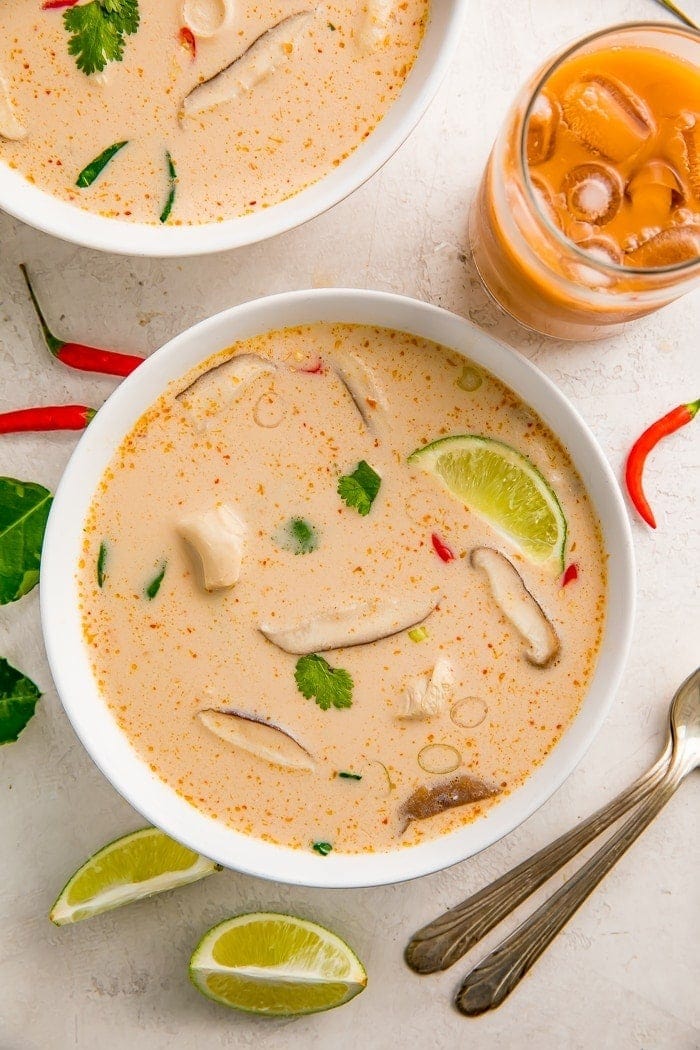
What Makes This Soup So Good
- This recipe is based on my Best Ever Tom Kha Gai Soup, which is one of my most popular recipes for a reason. It’s creamy, yet light, tangy, yet sweet. It’s the perfect soup when it’s getting cooler outside (or just downright cold), or when you’re craving spicy Thai goodness. And it’s soooo good.
- Slow cooker Tom Kha Gai is full of delicious ingredients. And sure, I’ll admit, this soup was already easy… but the slow cooker makes it even easier! I really love slow cooker recipes. Just toss everything in and come back in a few hours to a delicious meal!
- This recipe can fit a variety of dietary needs! We’ve included specific dietary variations below, but you can adapt this slow cooker Tom Kha Gai to be Whole30-compliant, paleo, vegan, or vegetarian. You could also sub in shrimp for the chicken if you don’t eat poultry!
Key Ingredients
Red Thai Curry Paste – Made from red chilis, this paste is a little sweet, spicy, and savory and adds a major punch of flavor to your Crockpot tom kha gai.
Lime Leaves – Kaffir lime leaves are traditional to Thai cooking and add a delicious citrus and floral aroma.
Galangal or Ginger – Galangal is citrusy, while ginger is sharp and spicy. If you can’t find galangal, ginger will work just fine.
Lemongrass – Citrusy and tangy, lemongrass gives the slow cooker tom kha gai a lemony, minty flavor.
Coconut Milk or Cream – Rich, sweet, and creamy, coconut milk or cream makes this tom kha light, filling, and full of flavor.
Dietary Variations
- If you’re vegan or on Whole30, sub the chicken broth with 2 more cans of full-fat coconut cream or coconut milk.
- For vegan or vegetarian slow cooker tom kha, sub out the chicken with tofu. Use a 1-pound block of firm or extra firm (can be regular or silken) tofu cut into cubes. Use soy sauce to taste instead of using fish sauce.
- If you’re on Whole30, use 2 tablespoons of coconut aminos instead of coconut sugar. You’ll also want to make sure you use fish sauce that doesn’t have sugar. The only one I know of is Red Boat Fish Sauce.
- You can also use shrimp instead of chicken. Add 1 pound of raw shrimp instead of the chicken and heat until it’s cooked through (it’ll be pink and no longer translucent).
Chef’s Tips
- Be sure to use coconut cream or coconut milk. Coco lopez and coconut creamer are not the same as coconut cream/coconut milk and will not work in this recipe.
- Refrigerate any leftover slow cooker tom kha gai in an airtight container. It’ll keep up to a week (it usually disappears way faster than that at my house, though!).
- While the lime leaves are optional, I hiiiiighly recommend using them if you can! They add a ton of this incredible lime flavor to tom kha that’s slightly different than the flavor you get from lime juice alone. Just make sure not to actually serve the leaves – they’re tough and not pleasant to eat.
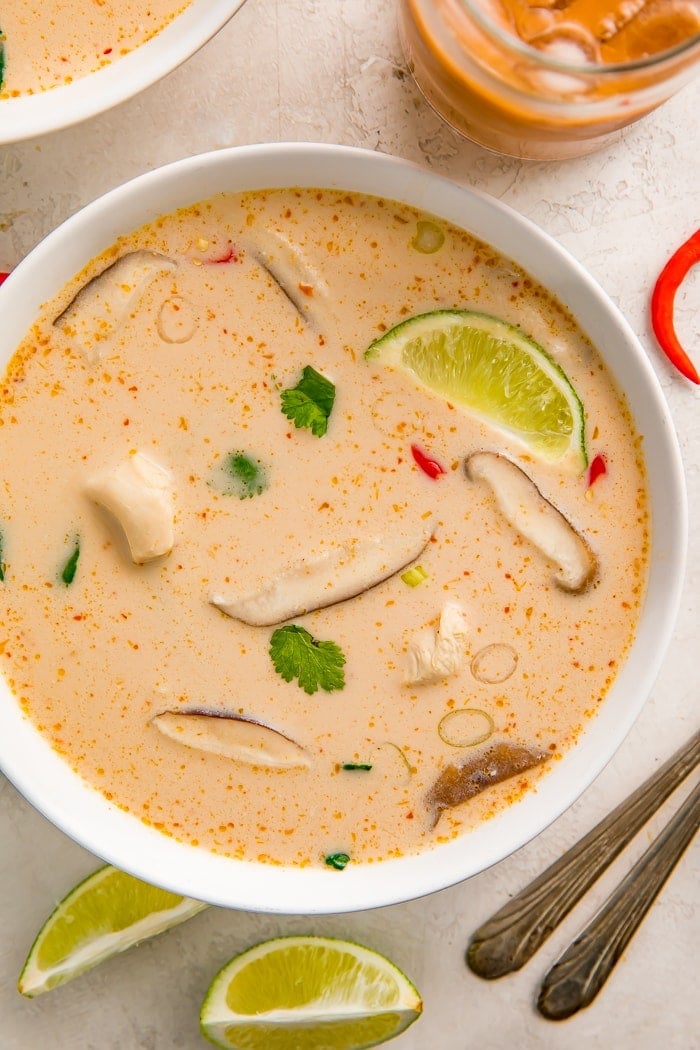
More Delicious Asian-Inspired Recipes to Try
- Tom Yum Soup
- Hibachi Steak with Fried Rice and Vegetables
- Tofu and Broccoli
- Delicious Baked Tofu
- Hibachi Chicken with Fried Rice and Vegetables
- 15 Minute Spicy Ramen
- Kung Pao Beef
- Keto Ramen
- Whole30 Sushi – Spicy Salmon Roll (Low Carb, Paleo, Keto Friendly)
- Keto Egg Drop Soup
- Beef Pad Thai
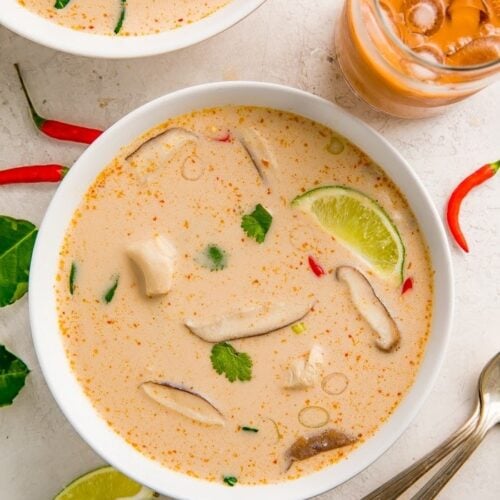
Slow Cooker Tom Kha Soup (Thai Coconut Chicken Soup)
Equipment
- Crockpot or similar slow cooker
- Slotted spoon
Ingredients
- half of one onion sliced
- 2 cloves garlic chopped
- half of one red jalapeño pepper sliced; or a couple Thai chiles, halved
- 3 quarter-inch-long slices galangal or ginger
- 1 lemongrass stalk pounded with the side of a knife, cut into 2-inch-long pieces
- 10 lime leaves torn, optional
- 1 tablespoon red Thai curry paste
- 4 cups chicken broth see Notes
- 2 13.5-ounce cans full-fat coconut milk or coconut cream
- 2 small chicken breasts approximately 1 pound, cut into bite-sized pieces; see Notes for alternatives
- 8 ounces white mushroom caps sliced
- 2-3 tablespoons brown sugar or coconut sugar, see Notes
- 2-3 tablespoons fish sauce plus more to taste
- 2-3 tablespoons freshly squeezed lime juice
- 2-3 green onions thinly sliced
- chopped fresh cilantro for garnish
Instructions
- Add onion, garlic, jalapeño or chile, galangal or ginger, lemongrass, lime leaves, red curry paste, and chicken broth to slow cooker. Stir to incorporate, then cover slow cooker with lid.
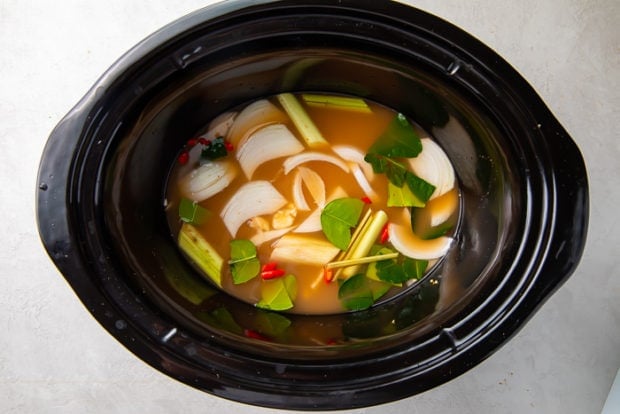
- Cook on high heat for 2 to 3 hours, or low heat for 4 to 6 hours. After cook time is up, use slotted spoon to remove all aromatics, leaving broth behind.
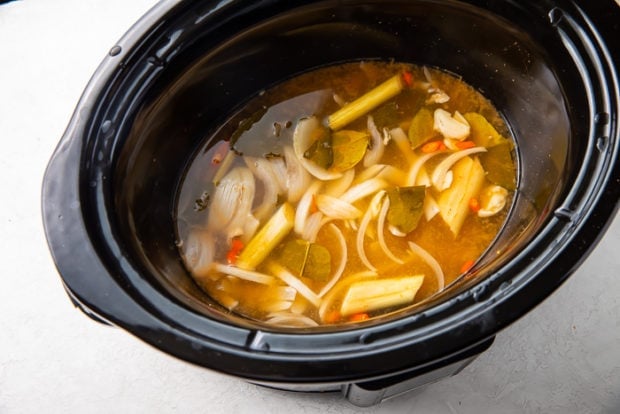
- Add in coconut cream or milk, chicken breast (or tofu or shrimp), and mushrooms. Cook on high heat 1 hour or low heat 2 hours, or until chicken breast pieces are cooked through.
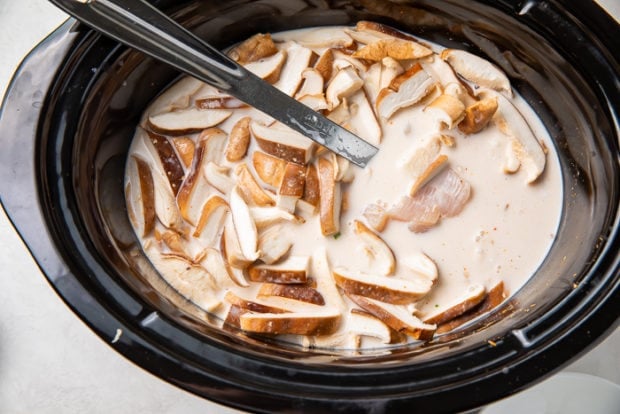
- After cooking, add sugar, fish sauce, and lime juice. Taste and add more of each ingredient as desired. Ladle soup into serving bowls and top with sliced green onions and fresh cilantro. Serve warm.
- Shrimp Variation: Use 1 pound of raw shrimp instead of the chicken. Cook until shrimp is pink, slightly curled, and no longer translucent.
- Make it Vegan/Vegetarian: Use vegetable broth or a vegan chicken broth. Sub chicken with a 1-pound block of firm or extra firm (can be regular or silken) tofu cut into cubes. Use soy sauce to taste instead of fish sauce, or use a vegan fish sauce.
- Make it Whole30: Use compliant chicken broth. Replace brown or coconut sugar with 2 tablespoons coconut aminos and use a compliant fish sauce without sugar (the only one I know of is Red Boat Fish Sauce).
Approximate Information for One Serving
Nutrition Disclaimers
Number of total servings shown is approximate. Actual number of servings will depend on your preferred portion sizes.
Nutritional values shown are general guidelines and reflect information for 1 serving using the ingredients listed, not including any optional ingredients. Actual macros may vary slightly depending on specific brands and types of ingredients used.
To determine the weight of one serving, prepare the recipe as instructed. Weigh the finished recipe, then divide the weight of the finished recipe (not including the weight of the container the food is in) by the desired number of servings. Result will be the weight of one serving.
Did You Make This Recipe?
Tag @40aprons on Instagram and be sure to leave a review on the blog post!
Never Miss A Meal!
New Recipes Straight To Your Inbox
A curated selection of our most recent recipes, delivered straight to your inbox once a week.
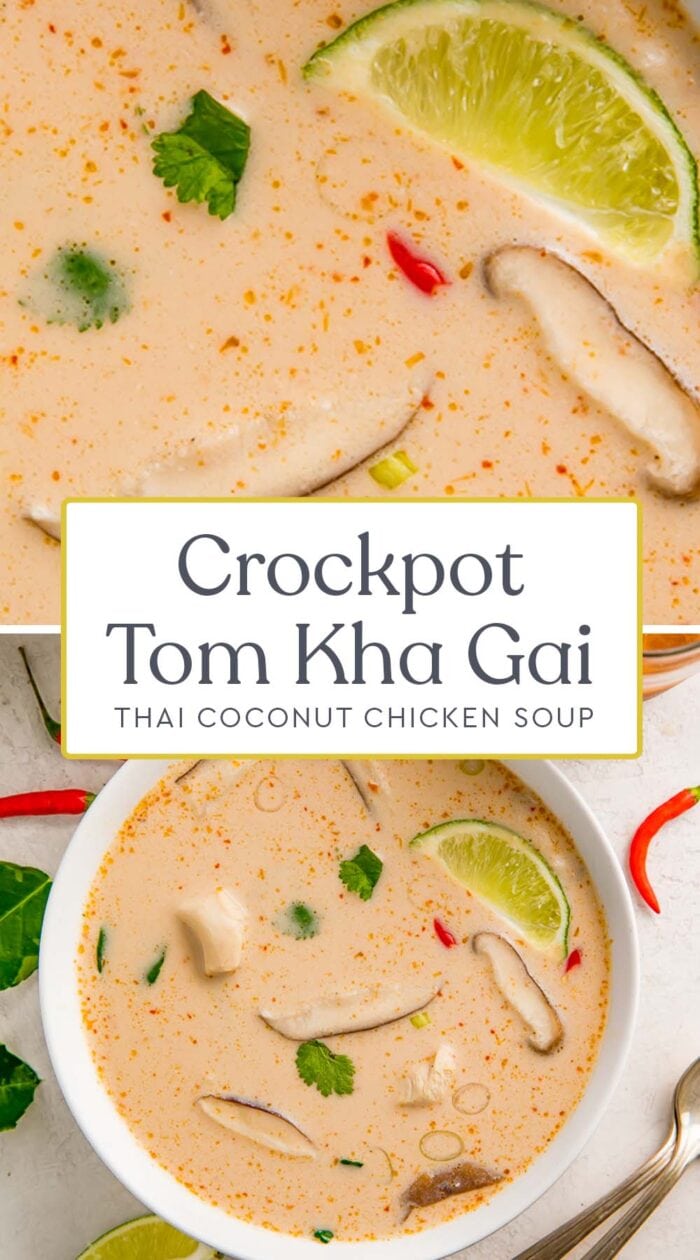
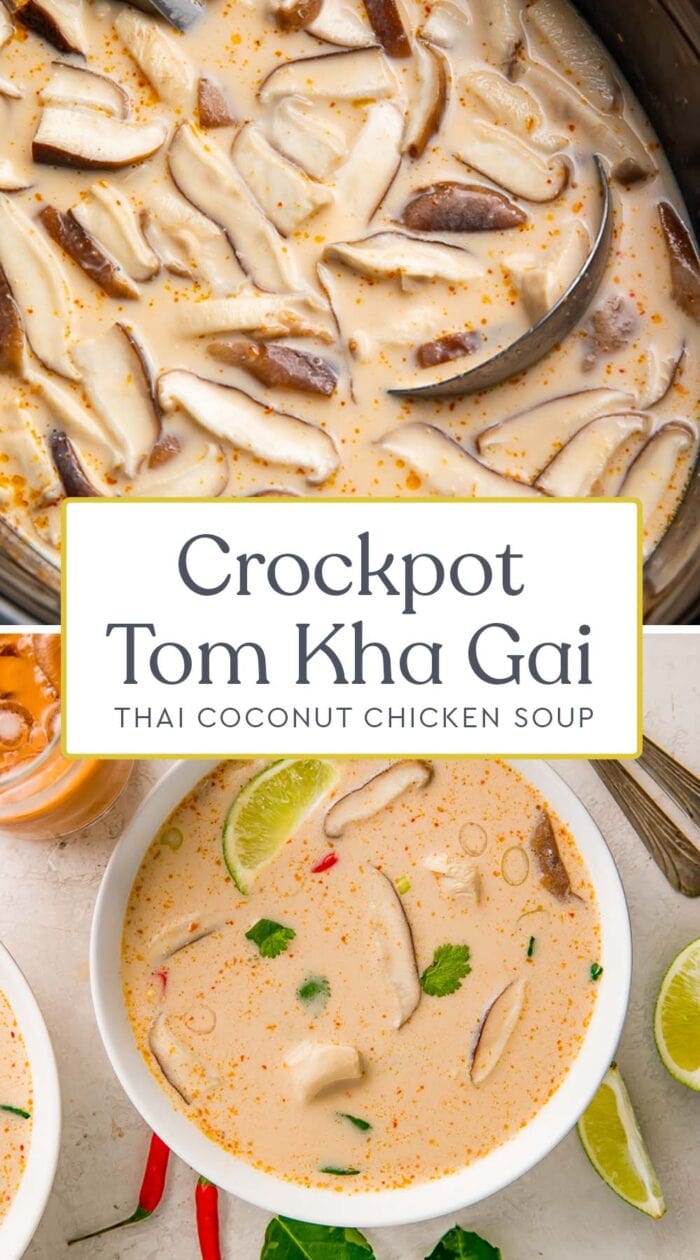
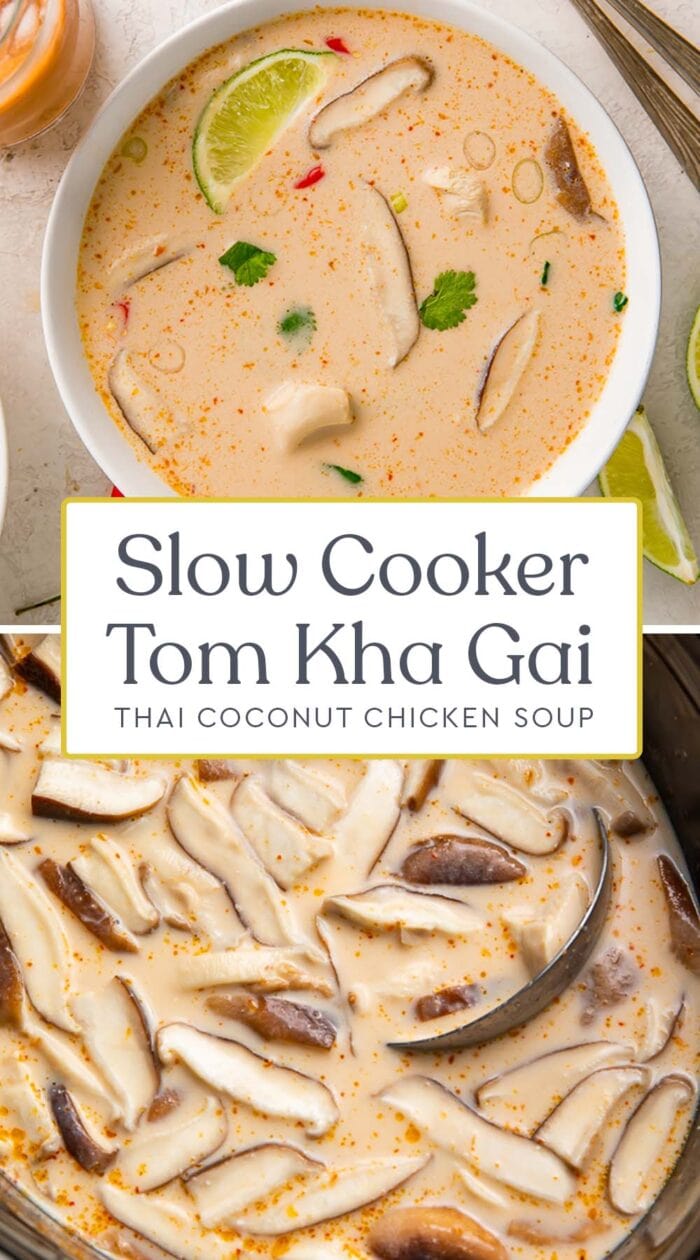
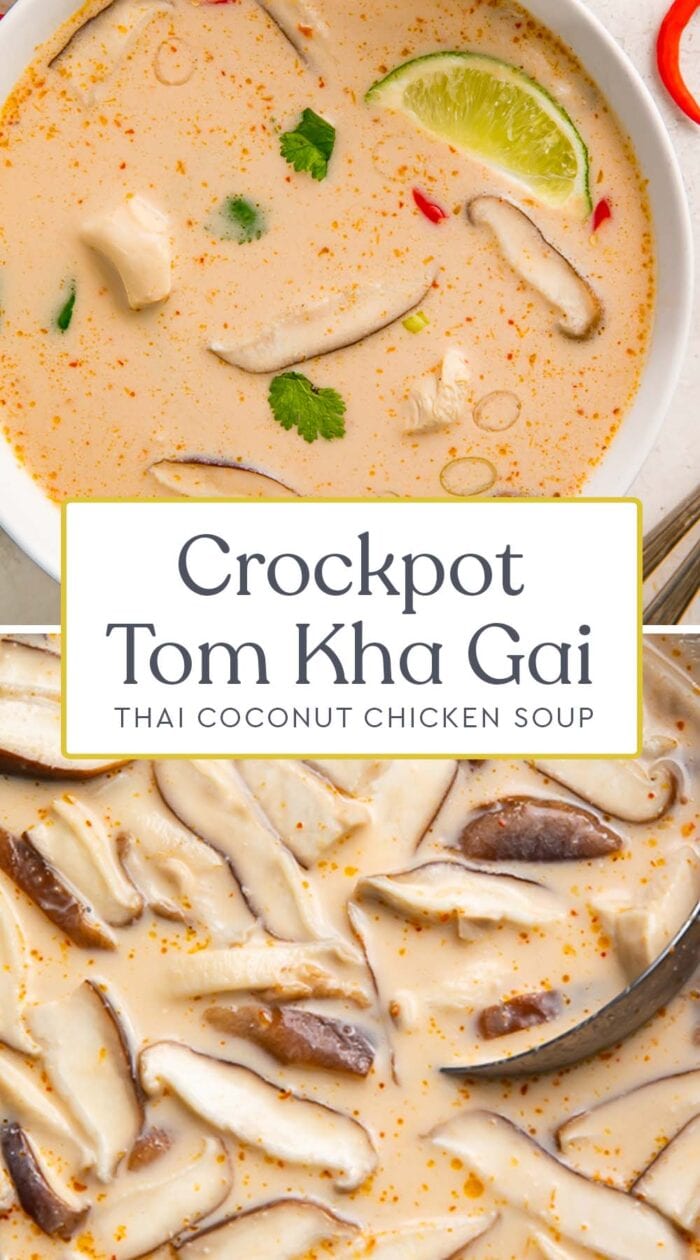

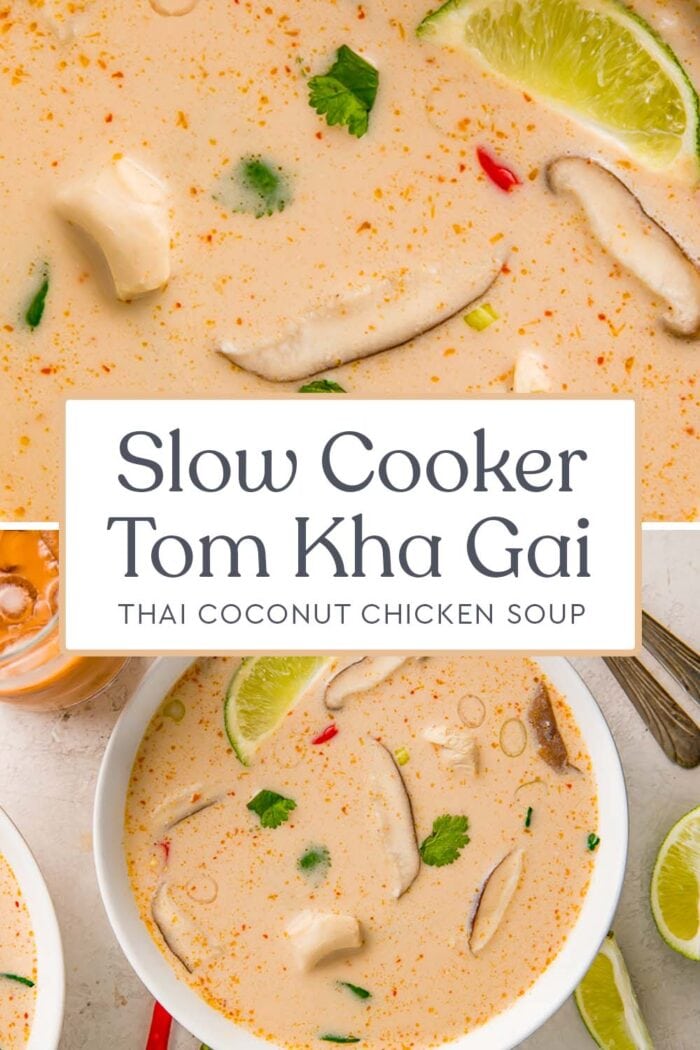

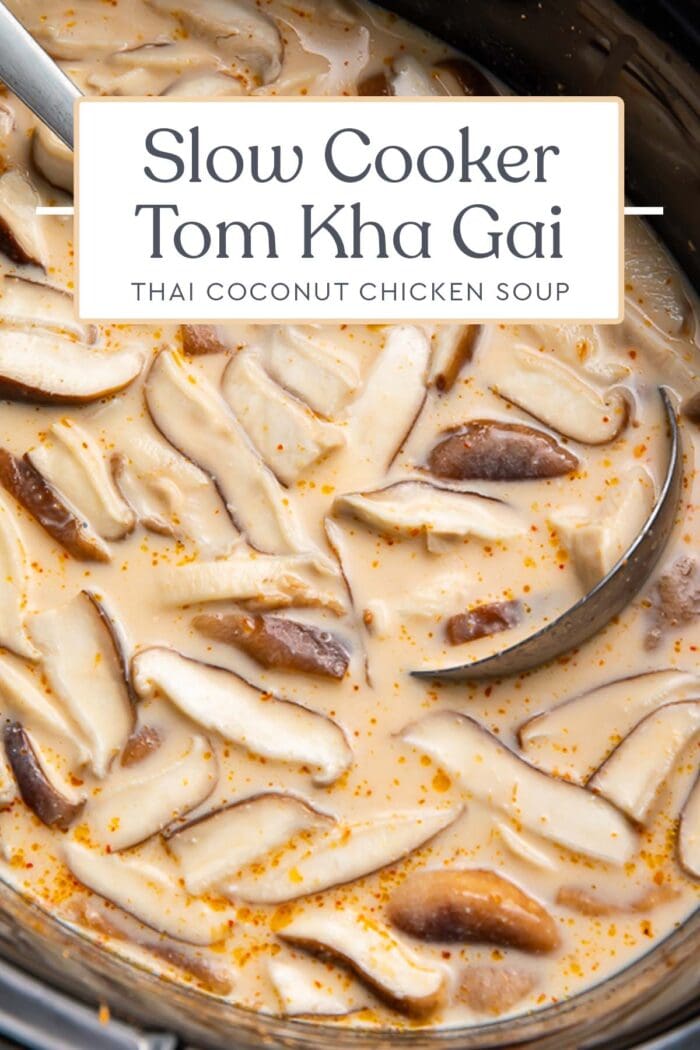
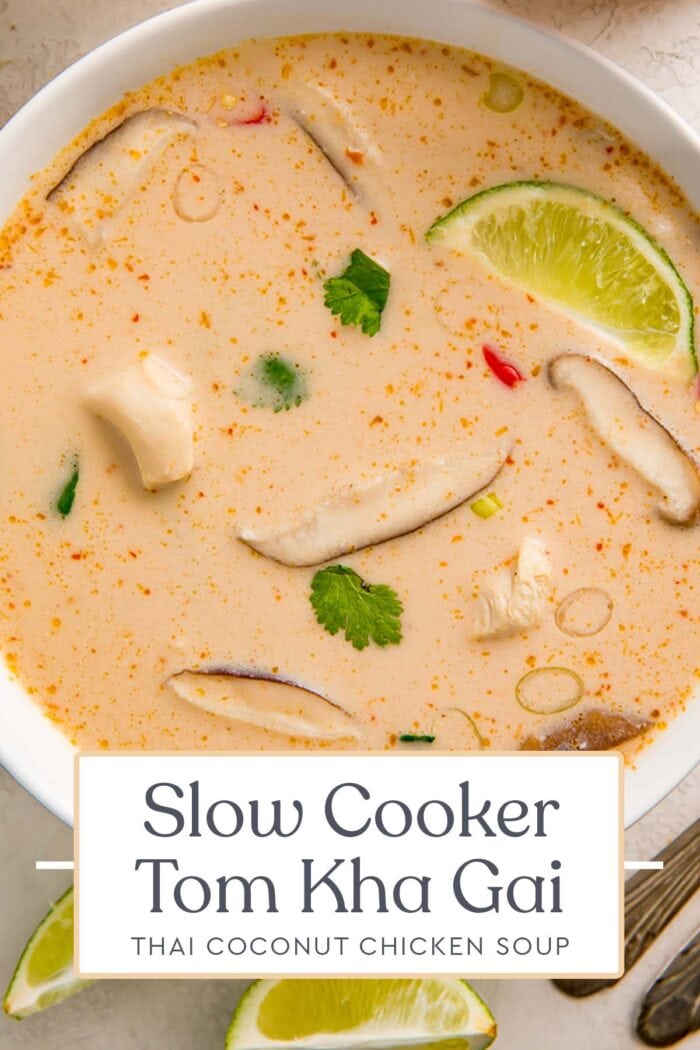
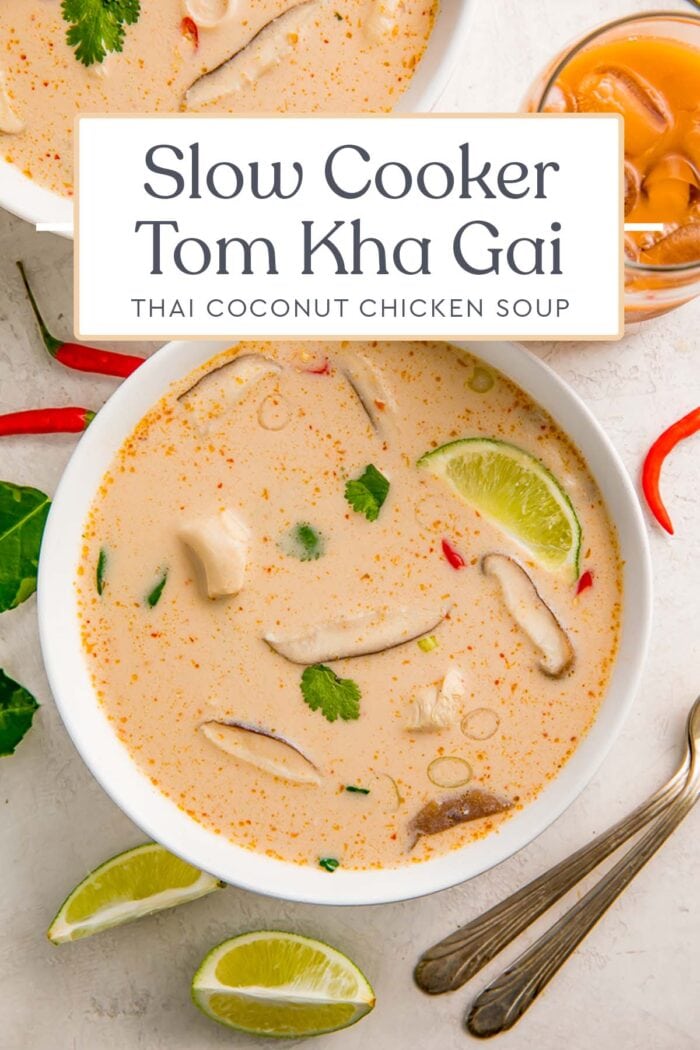
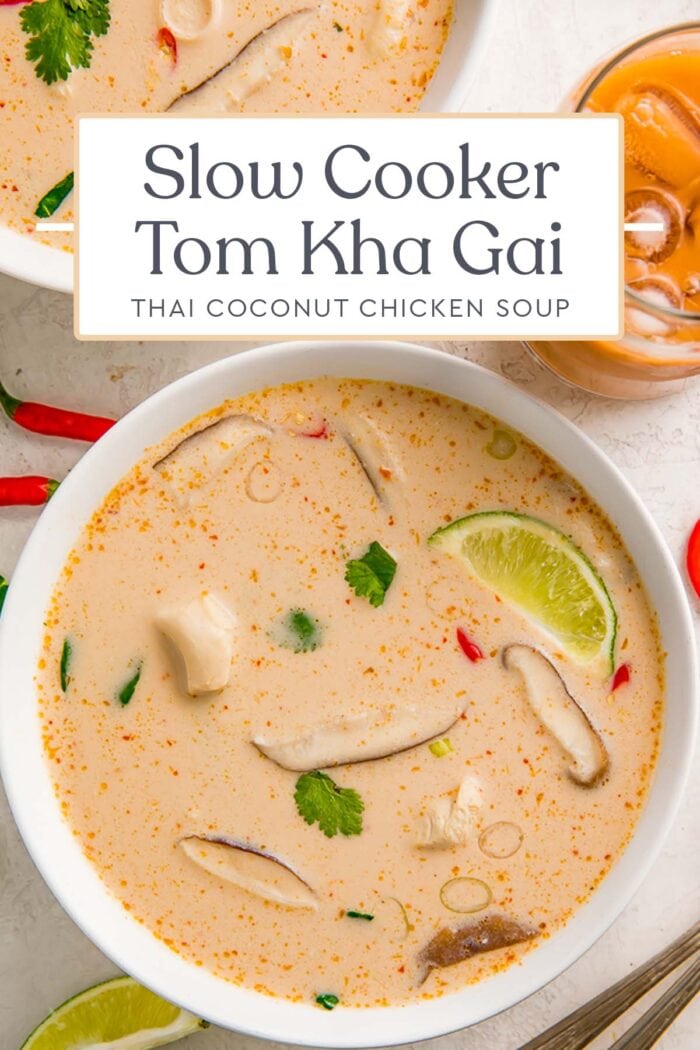
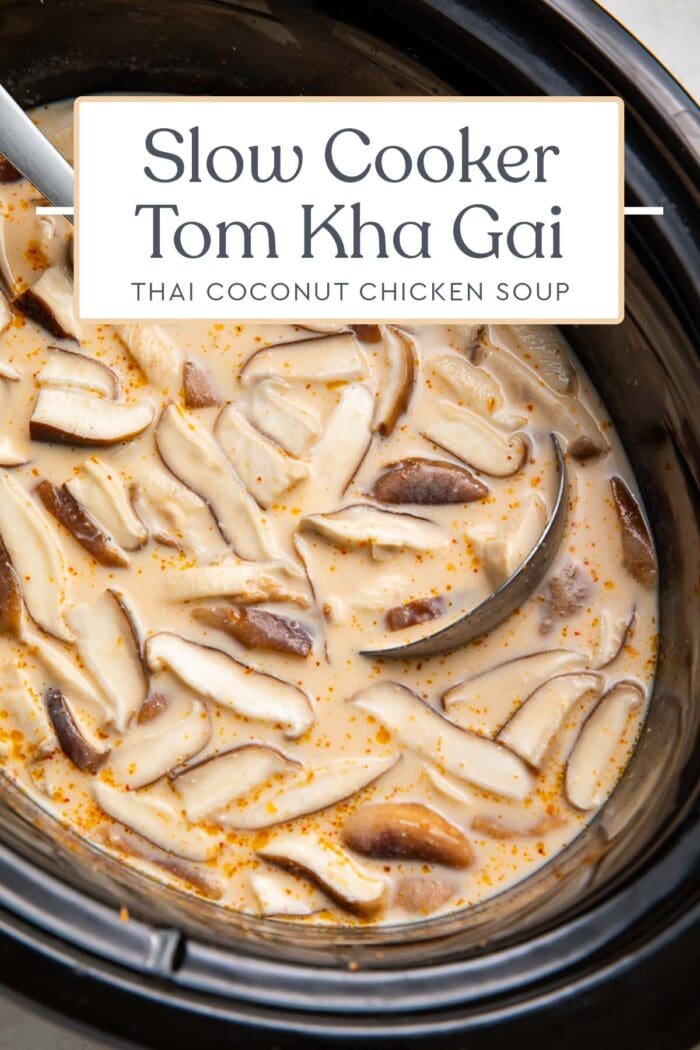
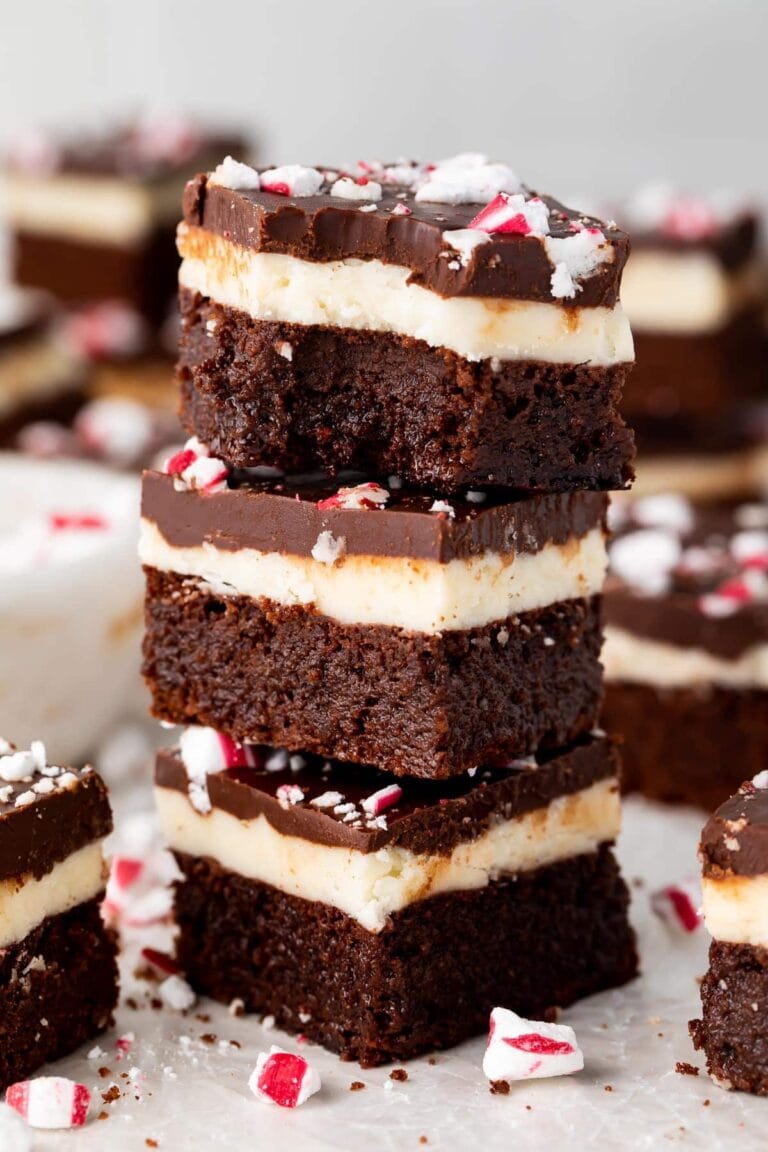
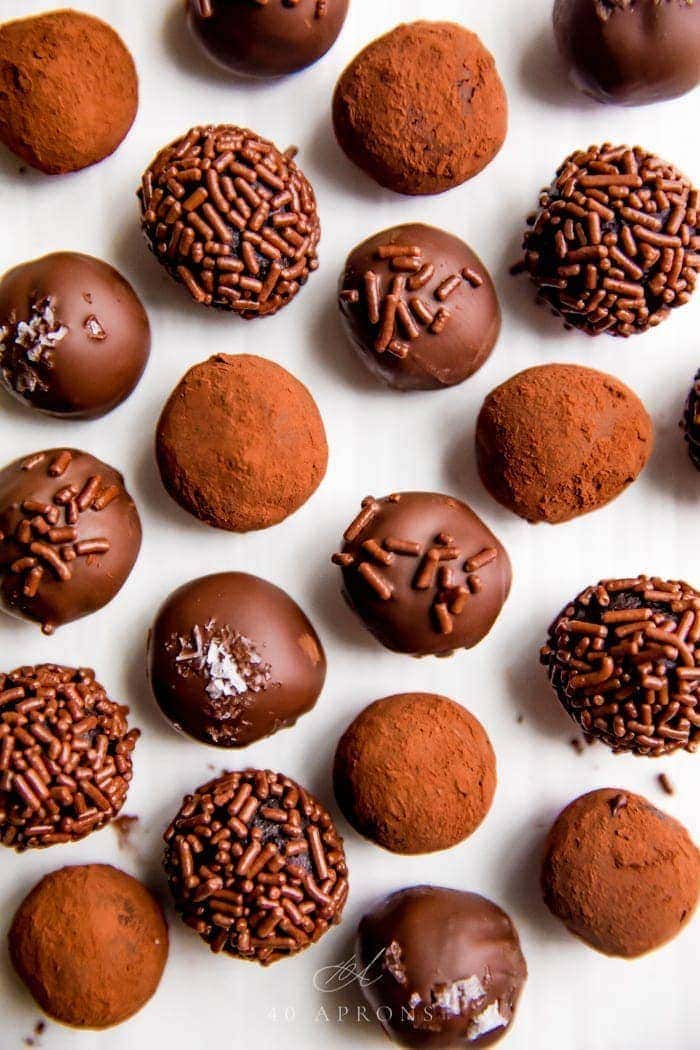
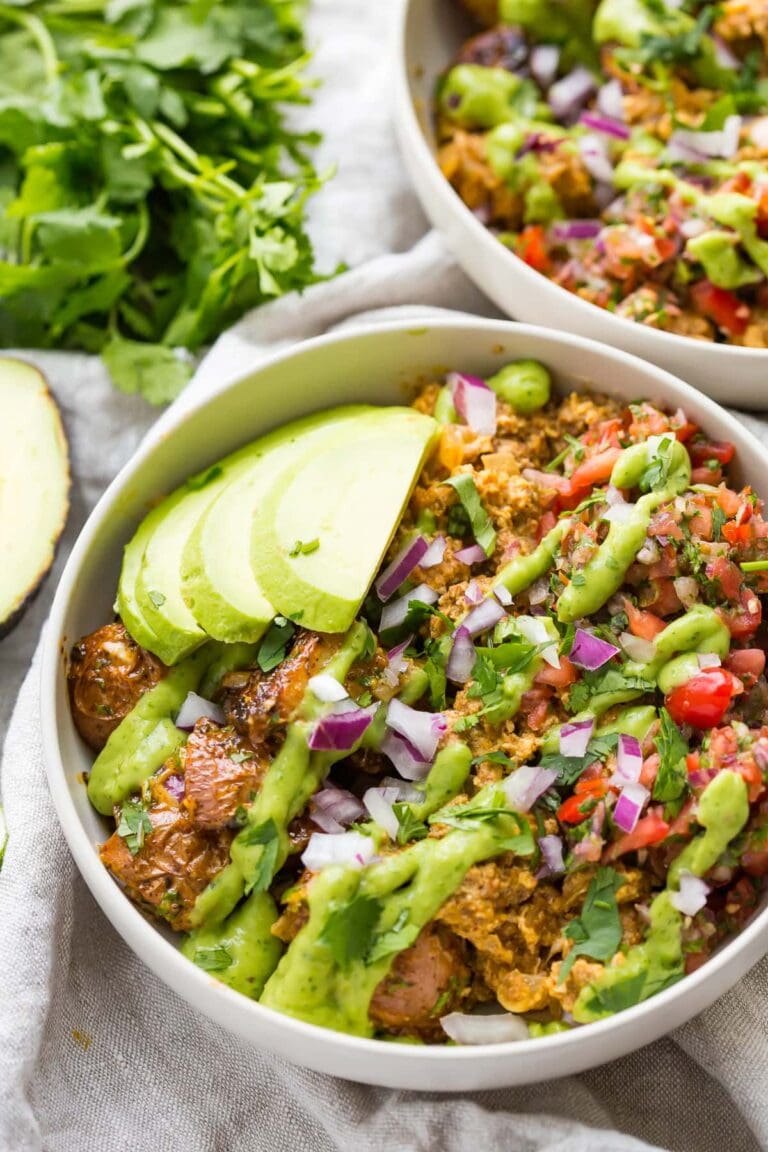
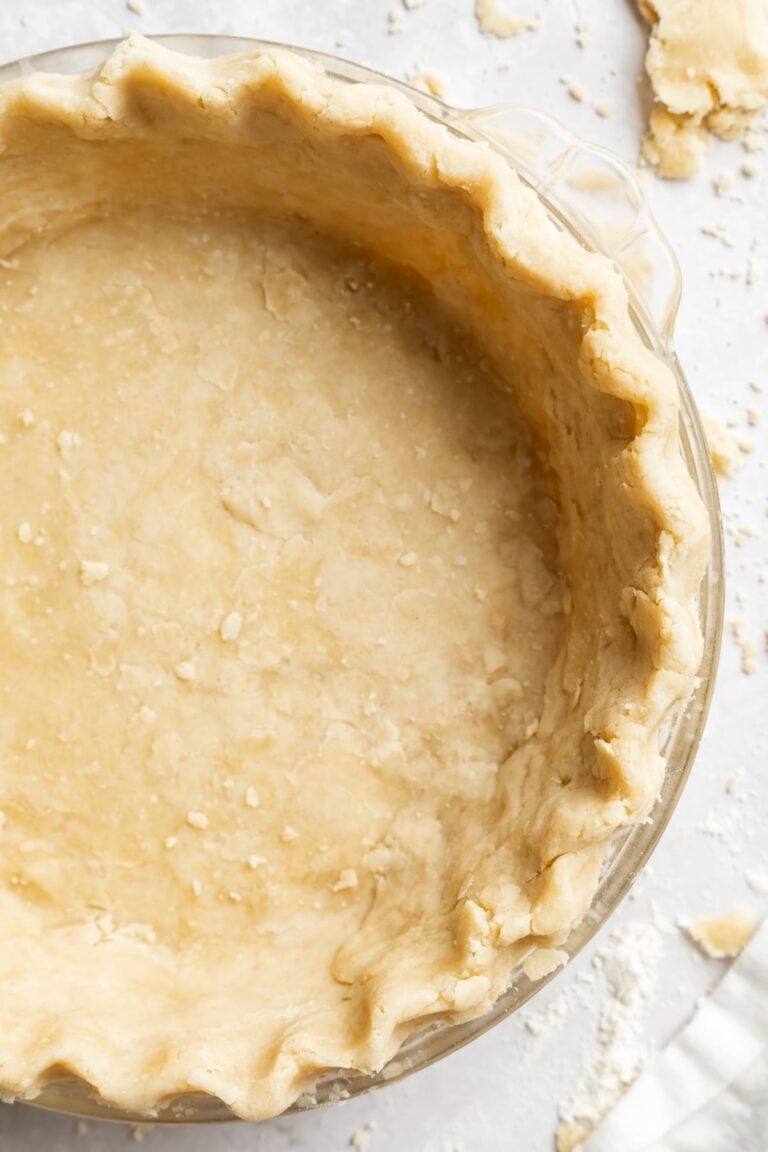










Loved it!
So glad you loved it! Thanks for sharing, Heather! 😊
I’ve made this recipe a while ago. It wasn’t first ever attempt to make a ramen and omg we loved it so much that it became our regular at least once a month regular meal. I follow the recipe exactly but I do add much more red curry paste and lots of lime. Thank you for this amazing recipe
We’re so happy it’s become a regular go-to meal! Thanks for sharing, Dotty!
How much more curry paste do you add? Thank you
I’m about to make this. I’m curious why the chicken is not added with the rest of the ingredients at the beginning? How does the chicken cook thoroughly in one hour? Thank you in advance! 😊
Hi, Angela! Since the chicken should be cut up into small pieces, we found that it overcooked when it’s added at the beginning. Adding it for the last hour cooked it through completely while keeping it juicy and tender. Note that if you’re using LOW heat, you’ll want to add the chicken with 2 hours remaining, not 1!
Made this in the oven today… It is finishing up cooking now and smells divine
We hope you enjoyed it! 😊
Have you ever made this with the chicken added in at the beginning? Thanks
Hi Bree! Because the chicken should be cut up into small pieces, we found that it can get overcooked when it’s added at the beginning. Hope this helps!
I have a mushroom allergy. Can you recommend anything that might make a good alternative? I’d love to try this!
You can leave them out!
I added an oriental frozen vegetable mix that had water chestnuts, red peppers, snow peas etc. in it. I also added a small can of the baby corn!🌽
Yumm- those sound like delicious additions! 😋
I would love to try this! Do you think I could sub frozen scallops instead of shrimp or chicken for the protein?
It’s worth a try! We didn’t test this recipe that way, though, so unfortunately I don’t have any tips or adjustments to offer. Please let us know how it works out!
So delicious. I was unable to get lemongrass or lime leaves. IT WAS STILL AMAZING! I want to eat this again and again.
So glad you loved it, Sarah! 😊
Is there a low salt version?
You’d just need to make sure the ingredients you use (like the chicken broth) are low sodium. You can replace the fish sauce with lite tamari or coconut aminos (or even a low-sodium soy sauce) to cut back the sodium, too.
Only have green curry paste, thoughts?
Green curry paste is typically sweeter than red curry paste so it may throw off the flavor of the soup. We haven’t tested it, so I can’t say for sure if it would be very noticeable.
Was wondering if the reviewer used her green curry paste? I have some I’d like to try also.
Excited to try this. Is the recipe for 6 serving sizes? The info at bottom says 1 but the recipe itself seems large. Just wanted to check. Thank you! I’m Macro counting so I need to know🫣. Thanks
Yes, the recipe as-written yields approximately 6 total servings! The number of servings is at the top of the recipe card, next to the ingredients list and beneath the recipe image. You can adjust the number of servings if you want to make a smaller batch or a larger batch. The ingredient amounts will update accordingly.
The nutrition information at the bottom of the recipe card reflects the approximate info for 1 serving out of 6. As we mention below the nutrition information, you may end up with more servings or fewer just depending on your preferred portion sizes. Your macros will also be different than ours depending on the brands you use and the number of servings you divide the total dish into.
Since you’re counting and tracking your macros, be sure to figure up your specific numbers using your specific ingredients for the most accuracy.